2009 Porsche GT3 RSR: 450HP RACECAR

Looking to continue its dominance in international motorsports, Porsche has released a new version of its GT3 RSR race car for the 2009 season.
Last year RSR’s took the top podium spot for their classes in both the 24 Hours of Le Mans and the Nürburgring 24 Hour Race. The cars are also a staple of the GT2 class in the American Le Mans Series (ALMS).
The biggest change for 2009 is the introduce of an even larger displacement boxer engine, with an increase from 3.8-liters to 4.0-liters. Due to a reduction in the size of the air intake (the two restrictor pipes measuring just 29.5mm each), horsepower is actually down 15 pones to 450hp at 7800 rpm. Torque stays constant, however, at 317 ft-lbs at 7250 rpm. Porsche does claim that this new engine delivers a better torque curve with more power available at lower rpm – as one would expect with a larger displacement engine.
The aerodynamics of the RSR have received several tweaks for ’09 including large air outlets on the hood that allow air brought in through the front bumper to flow over the car, providing not only increased downforce but also increased airflow to the new radiator setup. The radiator design was changed for ’09 as Porsche made the decision to offer the RSR with an optional air conditioning system.
The rear of the car also features revised aerodynamics and the rear wing now features more adjustability.
Weight has been kept to a minimum thanks to a lighter brake setup and lighter wiring harness, although weight has increased slightly to 2,745 lbs.
Porsche has already built 20 2009 GT3 RSRs, which are currently being delivered to teams (like Farnbacher-Loles and Flying Lizard Motorsports) around the world.
Official release and more photos after the jump:
PORSCHE REVEALS NEW GT3 RSR RACE CAR
Highlights include increased engine capacity and improved aerodynamics
MISSISSAUGA – January 22, 2009 — The successful Porsche 911 GT3 RSR takes off into the new model year with extensive modifications. The most powerful race car based on the Porsche 911, which last season secured wins in the American Le Mans Series and at the Nürburgring 24 Hours, competes in the GT2 class at international long-distance races.
The most distinguishing feature of the new GT3 RSR is the redesigned front end with large air outlets on the front hood. Under the lightweight bodyshell, major changes were also made to the quickest 911.
Indeed, the louvers on the front hood are an indication of the completely redesigned air ducting of the radiators, which became necessary through the installation of an optional air-conditioning unit. The aerodynamics under the rear underwent further optimization; the rear wing now features a wider adjustment range. The weight-optimised brake system and the lighter wiring harness contribute to improved handling compared to the previous model.
The capacity of the well-known six-cylinder boxer engine has been increased from 3.8 to 4.0
litres. After another reduction in the size of the air restrictors for the 2009 season, the engine now delivers around 450 hp at 7,800 rpm and maximum torque of 430 Nm at 7,250 rpm. The rev limiter of the efficient six-cylinder unit kicks in at 9,000 rpm. The engine also features an optimized torque curve and offers better driveability.
In the cockpit, a new multi-function display located above the dashboard indicates the optimum moment to change gears. Another new feature is the programmable multi-function, onboard supply system control device, giving teams the choice of many individual functions. For instance, it can be used to infinitely adjust the blinking frequency of the lights in the front apron, which helps identify race cars when they enter the pits in the dark. For easier servicing under race conditions, other modifications were made. The GT3 RSR now features a new air jack system with overpressure valve and the oil refill with fast filling function has now moved to the rear lid, giving mechanics better access.
Aside from GT3 Cup and the GT3 Cup S, the GT3 RSR is the third race car based on the Porsche 911 offered by Porsche Motorsport. About 20 of the successful long distance racers have been built in Weissach and are now being delivered to customer teams around the world. The GT3 RSR costs 380,000 Euro plus VAT specific to each country.
Technical Description Porsche GT3 RSR (2009)
Engine: Water-cooled, six-cylinder boxer engine; four valves per cylinder; dry sump lubrication; individual throttle butterflies; fuel injection; air restrictors 2 x 29.5 mm.
Bore: 102.7 mm
Stroke: 80.4 mm
Capacity: 3,996 cc
Power output: 331 kW (450 bhp) at 7,800 rpm
Max. Torque: 430 Nm at 7,250 rpm
Max. revs: 9,400 rpm
Transmission: Six-speed gearbox with sequential jaw-type shift; oil/water heat exchanger; single-mass flywheel; hydraulic disengagement lever; three-plate carbon-fibre clutch; rear wheel drive; limited-slip differential 45/65%.
Body: Monocoque body (basis GT3 RS) of hot-galvanised steel; aerodynamically optimised front end with front spoiler; aerodynamically optimised front underfloor; adjustable rear wing; 90-litre safety fuel tank with fast filling function; air jack; welded-in safety cage; bucket-type racing seat (on driver’s side only) with flame-resistant seat cover; six-point seat belt adapted for use of the HANS Head and Neck Support; electric fire-extinguishing system.
Suspension:
Front: McPherson spring strut axle; Sachs four-way gas pressure dampers; double coil springs (main and ancillary spring); front axle arms adjustable for camber; adjustable sword-type anti-roll bar on both sides; power steering.
Rear: Multi-arm axle with rigidly mounted axle sub-frame; Sachs four-way gas pressure dampers; double coil springs (main and auxiliary spring); rear axle tie-bar reinforced and infinitely adjustable; adjustable sword-type anti-roll bar on both sides. Complete suspension infinitely adjustable (height, camber, track).
Brakes: Brake system with balance bar control.
Front: Single-piece six-piston aluminium fixed callipers; inner-vented, 380 mm in diameter; racing brake pads.
Rear: Single-piece four-piston aluminium fixed callipers; inner-vented, 355 mm in diameter; racing brake pads.
Wheels: Front: Three-piece BBS light-alloy wheels (11J x 18-34); central bolt;
Rear: Three-piece BBS light-alloy wheels (13J x 18-12.5); central bolt.
Electrical System: Motec display with integrated data recording; multi-function display with integrated gearshift indicator; adjustable traction control; battery: 12 volt, 50 Ah, 140 Ah alternator.
Weight: Approx. 1,220 kg complying with A.C.O. regulations,
1,245 kg complying with FIA regulations.

With AutoGuide from its launch, Colum previously acted as Editor-in-Chief of Modified Luxury & Exotics magazine where he became a certifiable car snob driving supercars like the Koenigsegg CCX and racing down the autobahn in anything over 500 hp. He has won numerous automotive journalism awards including the Best Video Journalism Award in 2014 and 2015 from the Automotive Journalists Association of Canada (AJAC). Colum founded Geared Content Studios, VerticalScope's in-house branded content division and works to find ways to integrate brands organically into content.
More by Colum Wood



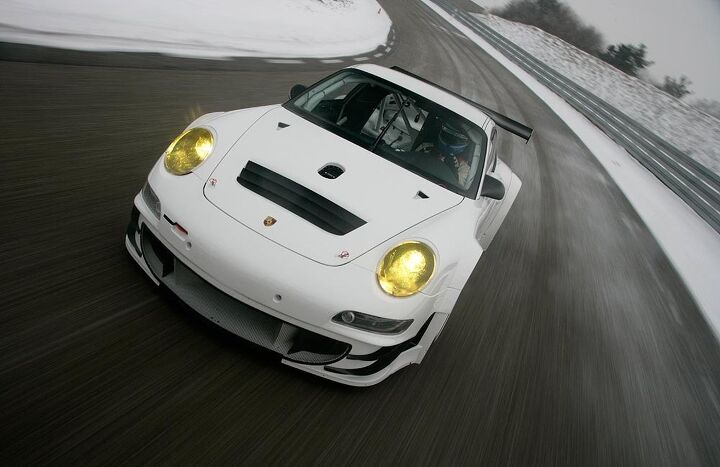
















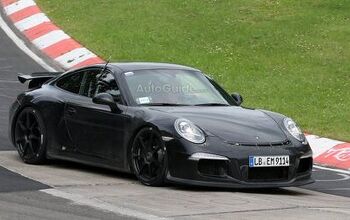
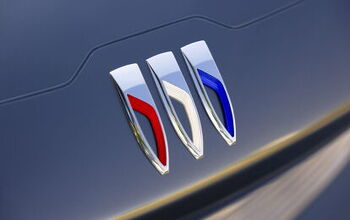

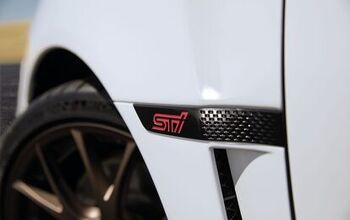
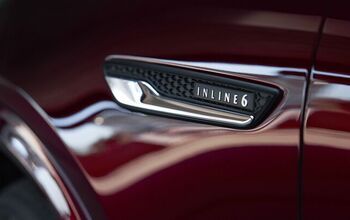
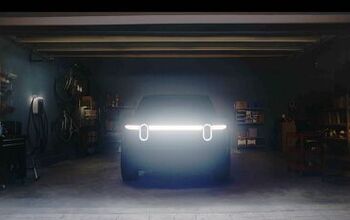
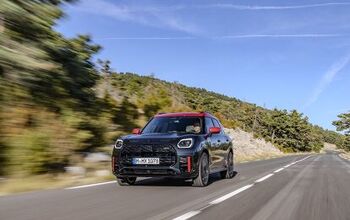
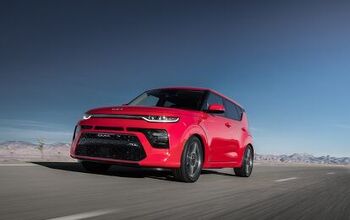



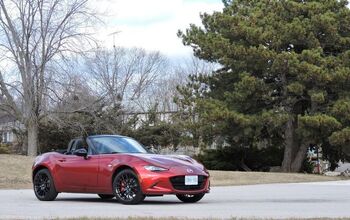

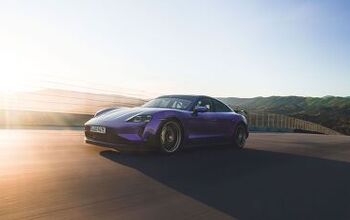

Comments
Join the conversation